Where Does Coffee Come From?
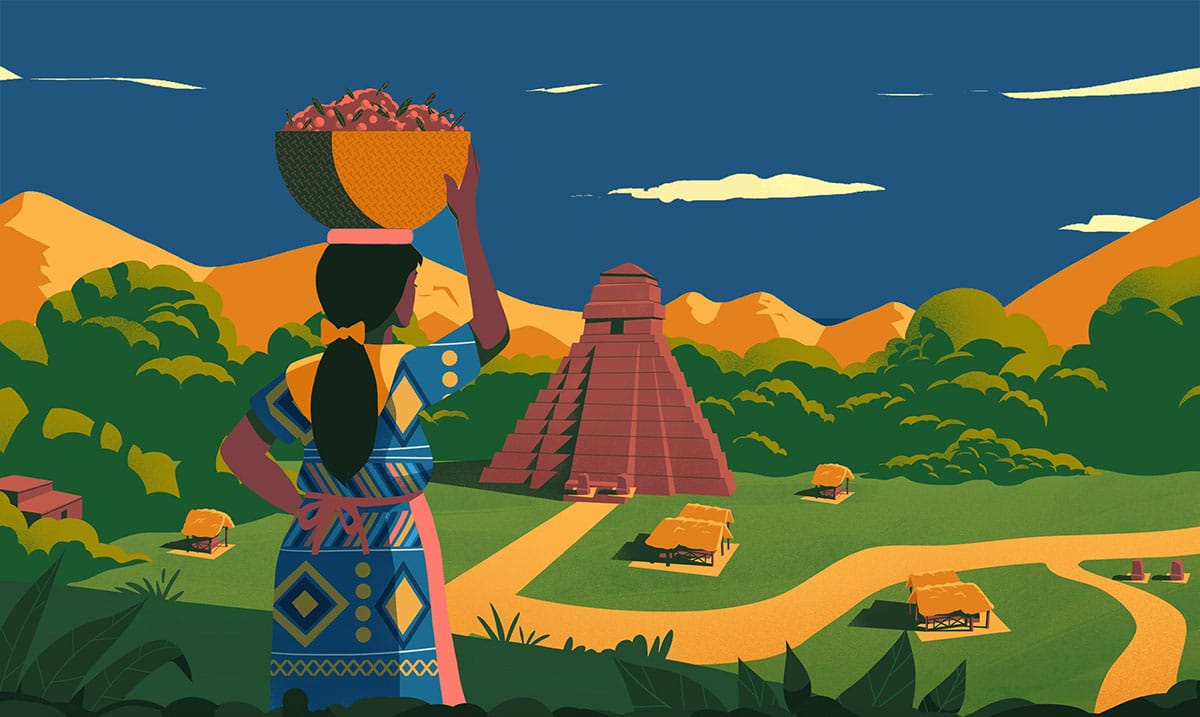
Coffee’s journey begins in the coffee belt, a lush band of land around the equator with perfect growing conditions. Imagine consistent temperatures, moderate rainfall, and plenty of sunshine – a haven for coffee trees to flourish!
Today, over 70 countries cultivate coffee beans within this belt, with Brazil leading the production. This captivating aroma you know and love? It all starts there.
In this article, we’ll delve deeper into the fascinating world of coffee, exploring its origins, varieties, the secrets of the coffee plant itself, and the transformation of coffee cultivation into a global phenomenon.
Where Did Coffee Come From?
Ethiopia, steeped in tradition, is widely considered the birthplace of coffee.
Legend tells the captivating story of Kaldi, a goat herder, whose lively goats after consuming coffee berries sparked the discovery of this energizing drink.
Historical evidence further suggests the Oromo tribe as the first to cultivate and utilize coffee.
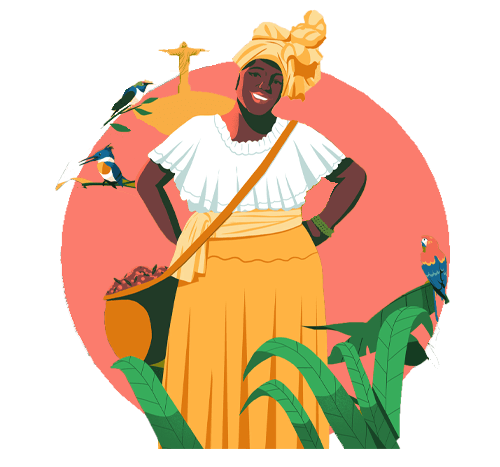
Origins of the Coffee Plant
Coffee originates in the forests of Ethiopia. There are numerous myths and legends surrounding its discovery, such as the popular myth of Kaldi.
In reality, it was the Oromo tribe that used coffee as a food mixed with butter. Later, in the 15th century, it made its way to Yemen and was consumed as a beverage.
Having established itself as a beverage of significance in Ethiopia and Yemen, coffee’s journey took a significant turn.
In the 17th century, coffee’s popularity exploded beyond regional borders. Its energizing properties and unique taste fueled a surge in demand, transforming coffee from a local beverage to a highly sought-after commodity.
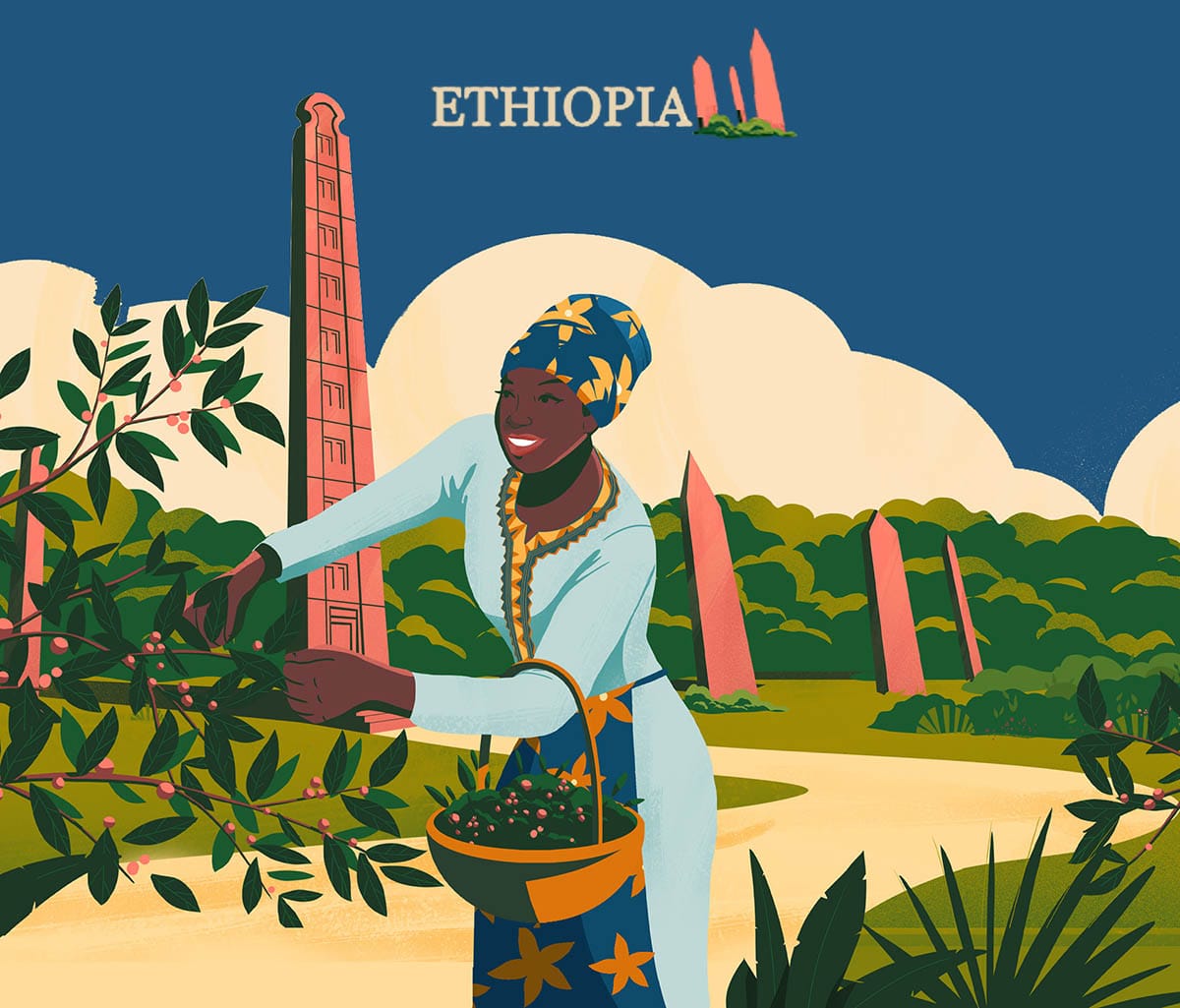
This economic boom led to the establishment of coffee plantations in various parts of the world, particularly within a specific geographic band known as the “coffee belt” – a region with ideal conditions for coffee cultivation.
Today, coffee is grown in over 70 countries, with Brazil being the largest producer, followed by Vietnam, Colombia, and Indonesia.
So far, we’ve briefly explored the origins of coffee. Now, let’s dive deeper and see where coffee is grown today. This journey takes us to a specific geographic band known as the “coffee belt.”
Where is Coffee Grown?
Imagine a vibrant green belt around Earth’s equator.
This tropical paradise blessed with volcanic soil and perfect weather, is the legendary Bean Belt.
Here, coffee thrives under consistent temperatures, gentle rains, and abundant sunshine.
Most of the world’s coffee is grown in this special region.
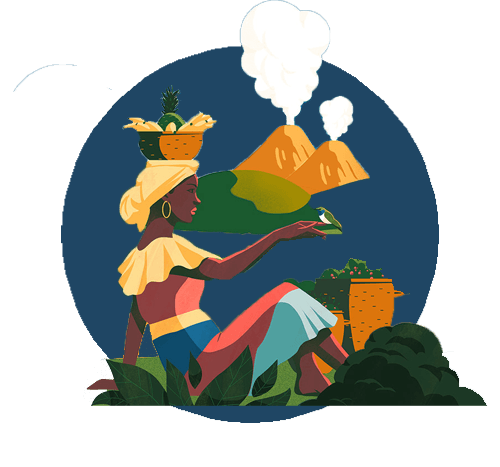
Where is the Bean Belt?
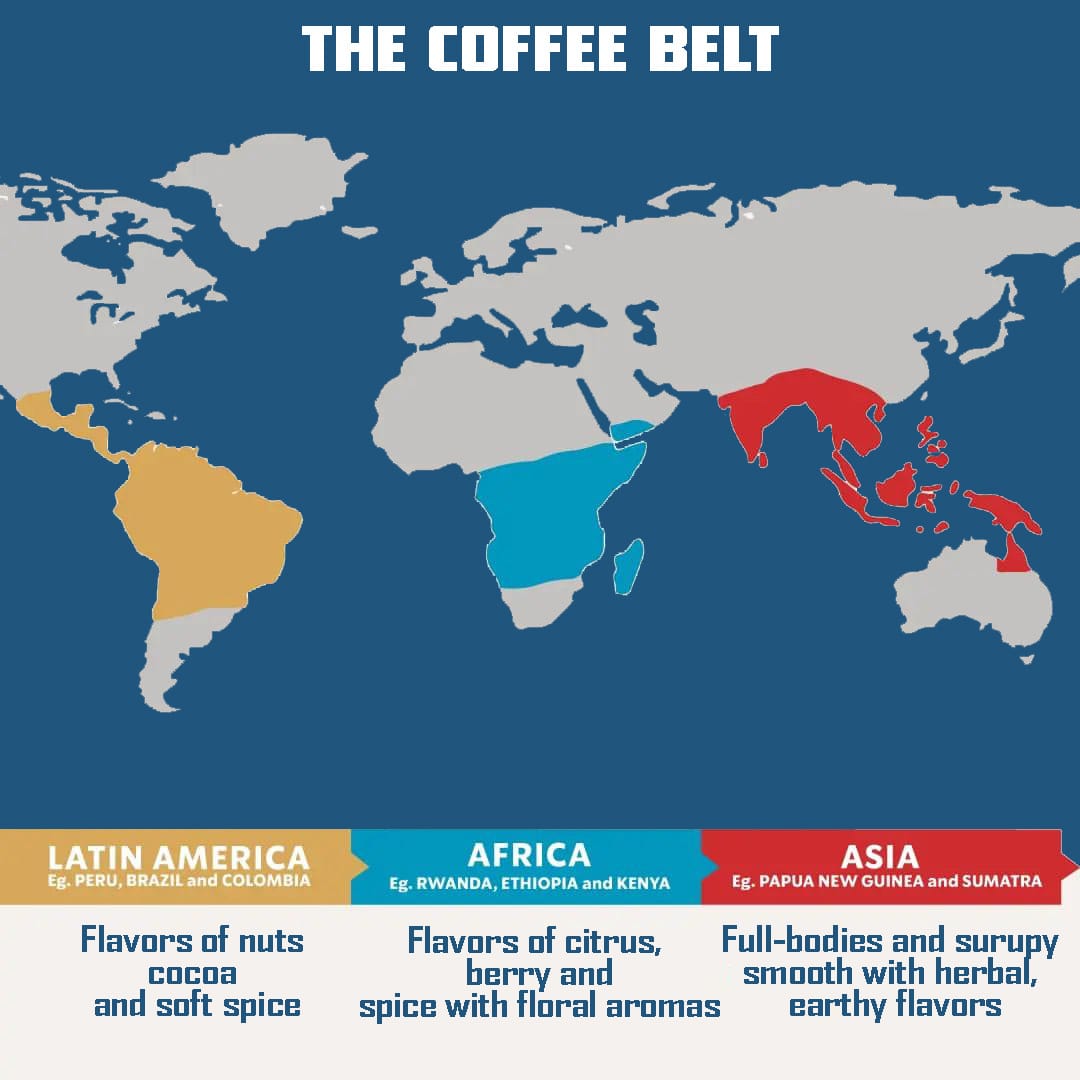
The majority of coffee beans are grown in a region known as the “coffee belt“, which spans from the Tropic of Cancer to the Tropic of Capricorn.
While not all countries within this belt are major contributors to coffee production, there are approximately 40 nations that truly stand out in bean cultivation, including:
- Central and South America: This region boasts countries like Brazil, Colombia, Guatemala, and Costa Rica, all renowned for their unique coffee flavors.
- Africa: From the rich Ethiopian highlands, the birthplace of coffee, to the volcanic soils of Kenya, Africa contributes a diverse range of coffee profiles.
- Asia: Indonesia, Vietnam, and India are major players in the Bean Belt, offering distinct flavor profiles influenced by their specific climates and growing practices.
- The Middle East: Yemen, another early adopter of coffee cultivation, contributes its own unique flavors.
Brazil is the single biggest coffee producer in the world.
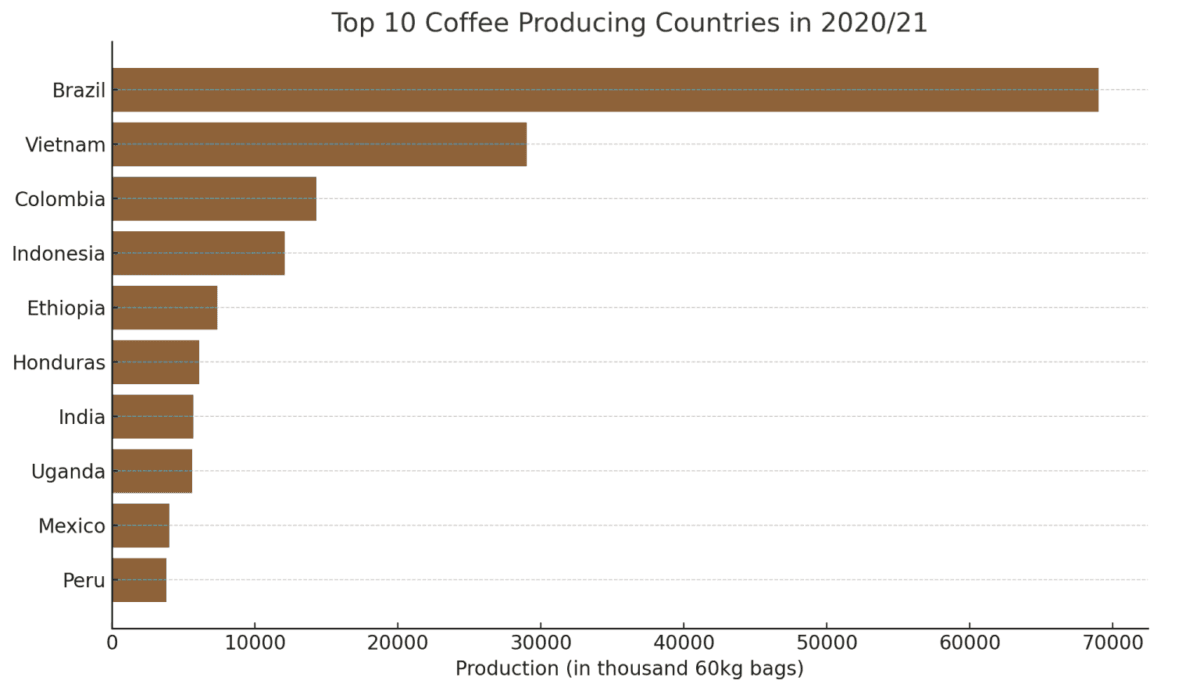
Why is the Bean Belt Special?
When it comes to growing coffee location is key, here are the ideal growing conditions:
- Climate: Consistent temperatures, moderate rainfall, and plenty of sunshine are essential for coffee plant growth.
- Altitude: Higher altitudes tend to produce slower-growing, denser coffee beans with more complex flavors.
- Soil Composition: Rich volcanic soils offer the perfect nutrients for coffee plants to flourish.
Volcanic Magic: The Pacific Ring of Fire
Hold on! Before we dive into it, let’s dispel a myth – the Pacific Ring of Fire isn’t a sequel to Lord of the Rings (although it might sound equally fantastical!).
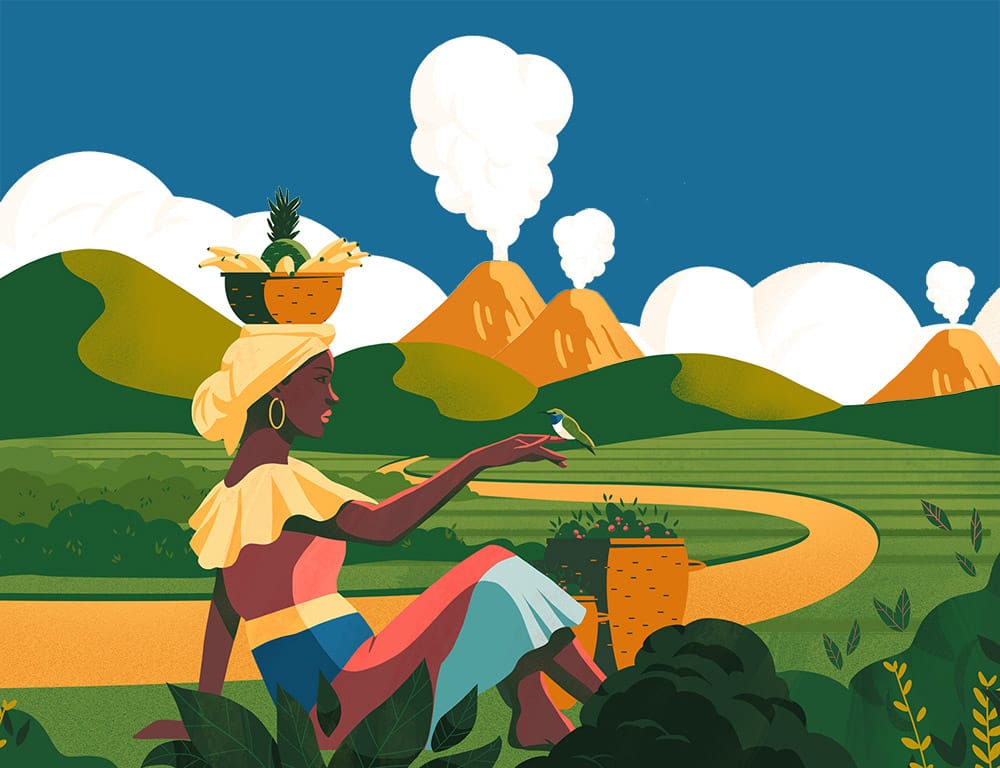
This region surrounding the Pacific Ocean is actually a zone with intense volcanic activity. But here’s the good news: volcanoes are not just fiery mountains – they also leave behind a gift for coffee lovers – incredibly fertile, mineral-rich soil!
This volcanic soil is precisely what makes the coffee belt so special. Countries like Guatemala, Papua New Guinea, and Peru all lie within the Ring of Fire, and many others benefit from its influence.
This volcanic magic contributes to the ideal growing conditions that give us delicious coffee beans.
Coffee Varieties
The world of coffee boasts a remarkable diversity, thanks to the numerous varieties of coffee plants cultivated around the globe.
Understanding these distinctions allows you to appreciate the unique flavor profiles that different coffees offer.
Understanding the Terminology:
- Varietal: Used to describe a specific instance of a variety. For example, if a coffee farm exclusively grows Typica coffee trees, it can be called “one hundred percent Typica varietal.”
- Variety: A genetically distinct variation of a single plant species (for example Coffea arabica). These variations can have different characteristics like tree structure, leaves, or fruit. Another term for variety is “cultivar” (short for “cultivated variety”).
Popular Coffee Varieties
Coffee beans come in a variety of types, with over 120 different species have been identified to date, each with its own unique characteristics and flavor profile. The four most popular varieties are:
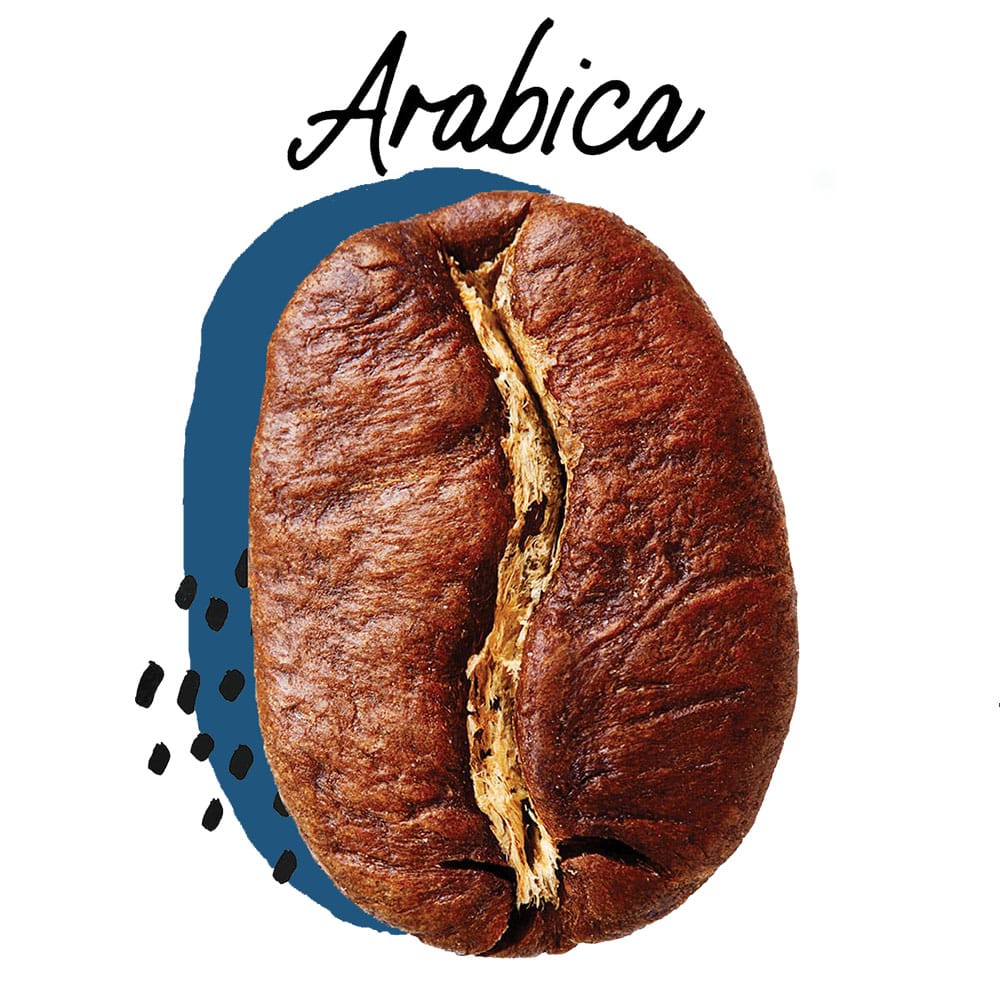
Arabica (Coffea arabica): King of specialty coffee, known for its smooth, balanced flavor with hints of fruit, chocolate, and nuts. It accounts for roughly 60% of global coffee production.
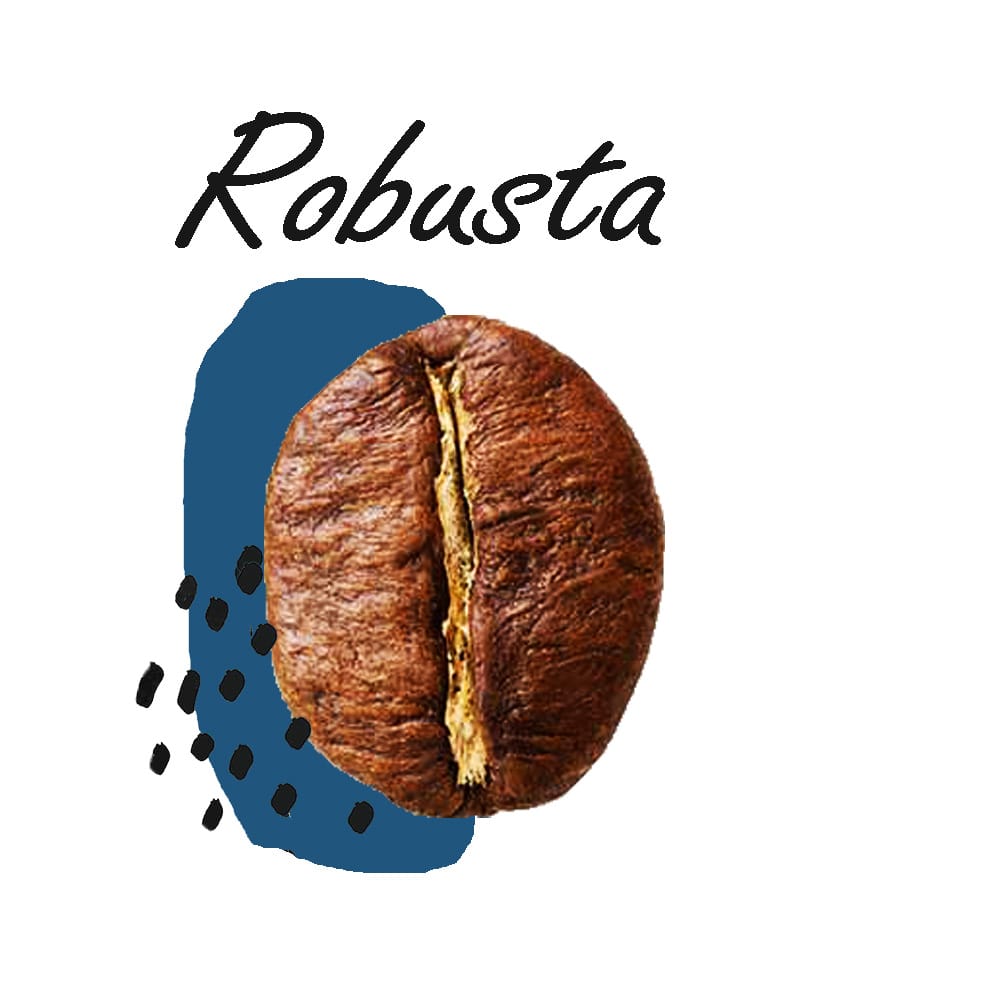
Robusta (Coffea canephora): Primarily cultivated in Southeast Asia and Africa, known for its strong and bitter taste and high caffeine content (almost double the amount in Arabica beans).
This variety is also more disease resistant than Arabica, making it easier to grow. This variety accounts for roughly 35% of global coffee production.
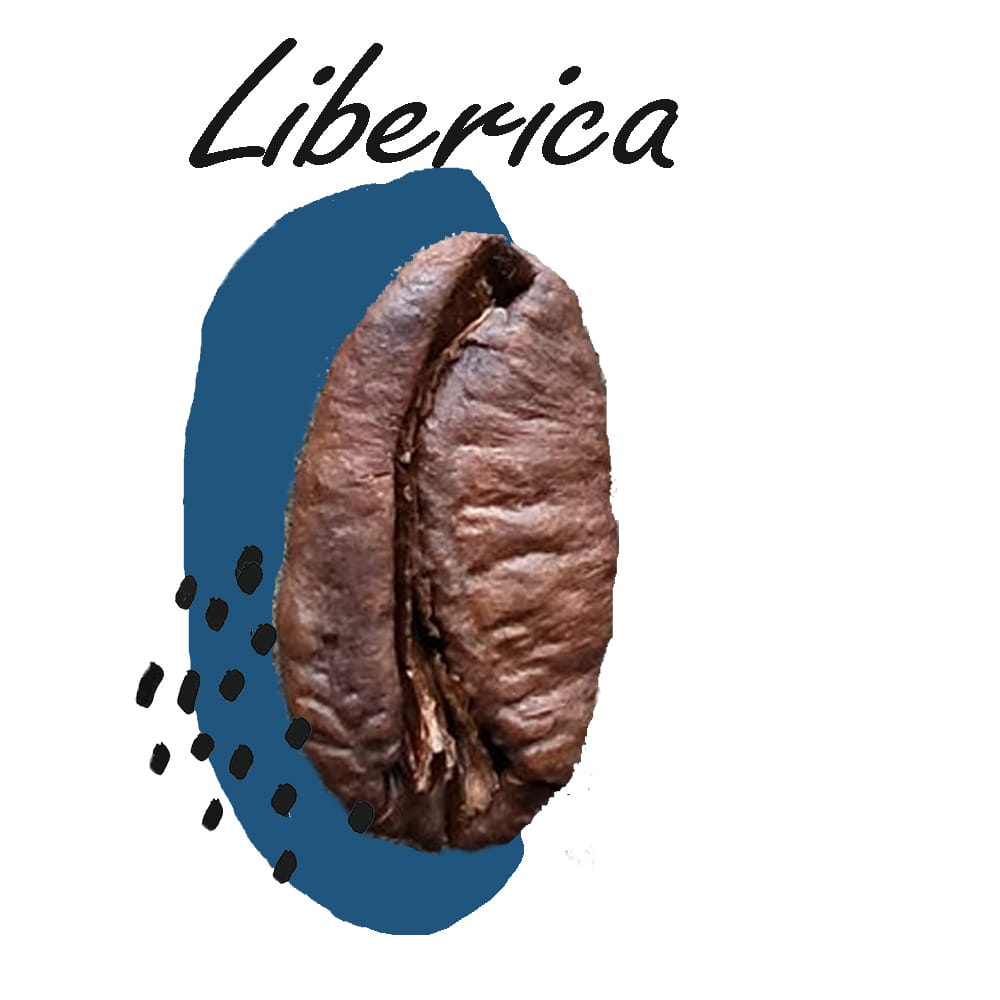
Liberica (Coffea liberica): A less common variety found in Southeast Asia, with a unique woody, smoky, and floral flavor profile. Liberica beans account for only a small fraction of global coffee production.
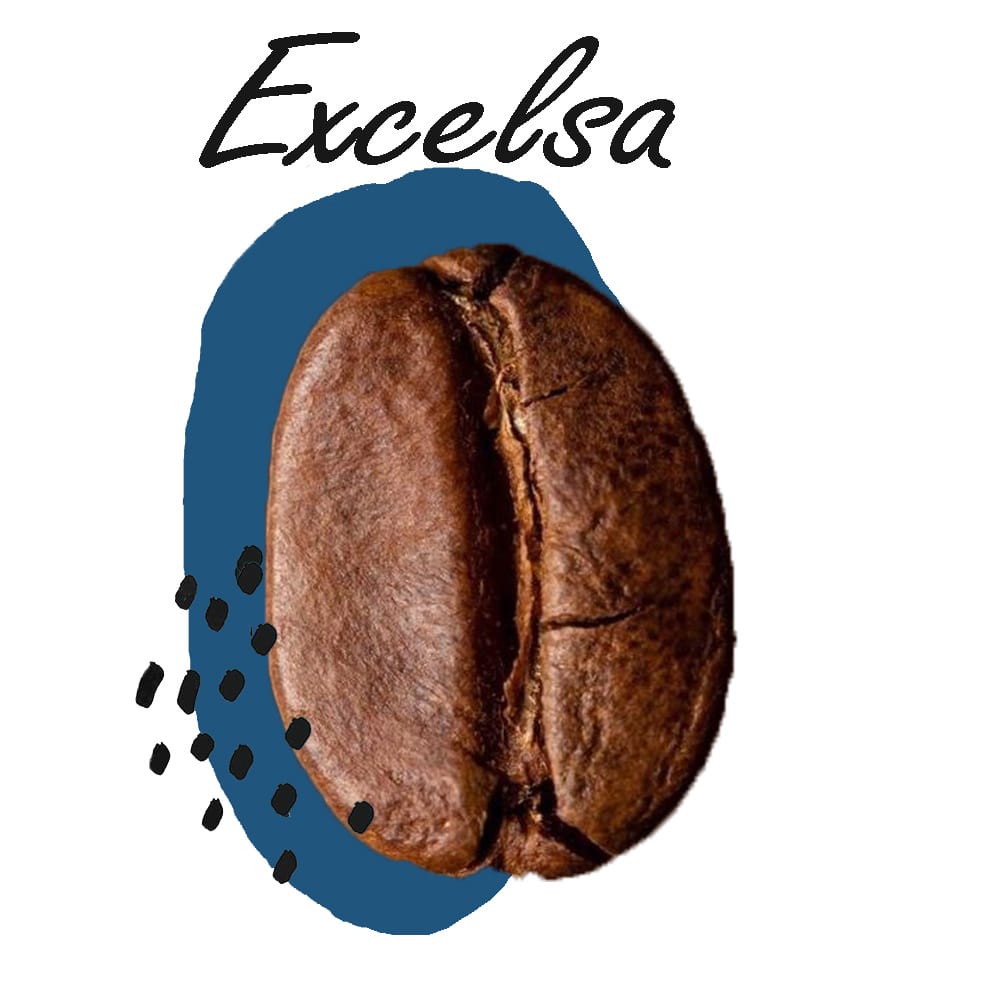
Excelsa (Coffea excelsa): Another uncommon variety, typically blended with other coffees for its winy aroma and fruity notes. Excelsa beans make up a very small percentage of coffee grown worldwide.
Notable Arabica Beans
Since Arabica is the most popular variety, let’s explore some notable Arabica varietals and their flavor characteristics:
- Ethiopia:
- Typica (considered the original variety from which all other varieties have mutated, good quality, low yield, is still widely planted in Peru, the Dominican Republic, and Jamaica, where it is called Jamaica Blue Mountain)
- Geisha/Gesha (exceptionally floral and aromatic, high demand, believed to be Ethiopian in origin)
- Brazil:
- Mundo Novo (high yield, disease resistance, good for higher altitudes)
- Caturra (dwarf, disease resistance, good quality, susceptible to overbearing if not managed well)
- Catuai (dwarf, high yield, combines characteristics of Caturra and Mundo Novo)
- Maragogype (large beans, low yield, also known as Elephant bean)
- Kenya:
- SL-28 (fruit flavor, drought resistant, better at higher altitudes)
- SL-34 (fruit flavor, disease susceptible, generally considered inferior cup quality to SL-28)
- El Salvador:
- Pacas (dwarf, Bourbon mutation, good quality, easy to pick)
- Pacamara (large beans, chocolatey flavor, can also have herbal or oniony notes)
- Costa Rica:
- Villa Sarchi (dwarf, Bourbon mutation, good quality, currently being bred for even higher yields)
- India:
- Kent (developed for disease resistance, susceptible to newer strains)
- S795 (developed for disease resistance, has lost much of its resistance)
- Rwanda:
- Bourbon (distinctive sweetness making it prized and desirable, good quality, low yield)
Choosing Your Coffee Adventure:
With this knowledge of varieties you can embark on a more informed coffee exploration. Look for information on bean origin and varietal on coffee packaging to discover the unique flavor profiles that await!
Now that we’ve explored the history and geography of coffee, let’s delve deeper and discover the fascinating plant itself – the coffee bean plant. We’ll explore its anatomy, how it’s cultivated, and the journey from bean to cup.
The Coffee Bean Plant
The coffee bean plant, also known as Coffea, is a small tree or shrub that can grow up to 10 meters tall. It has dark green, glossy leaves and produces small, white flowers that have a sweet, jasmine-like scent.
The fruit of the coffee plant, known as the coffee cherry, is a small, round berry that starts out green and turns red when ripe. Inside the cherry are two coffee beans, which are the seeds of the plant.
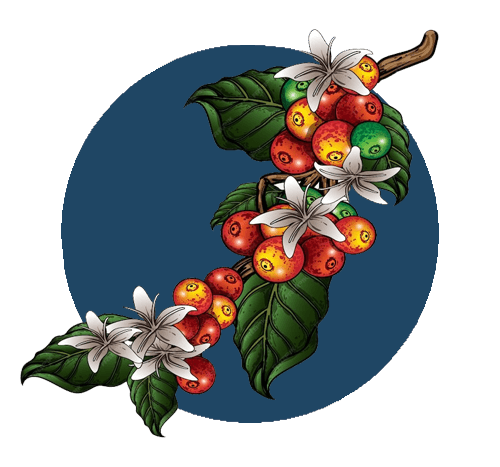
Anatomy and Appearance
The coffee plant, despite being the source of our favourite drink, might surprise you with its beauty. Here’s a closer look at its key features:
Size and Structure
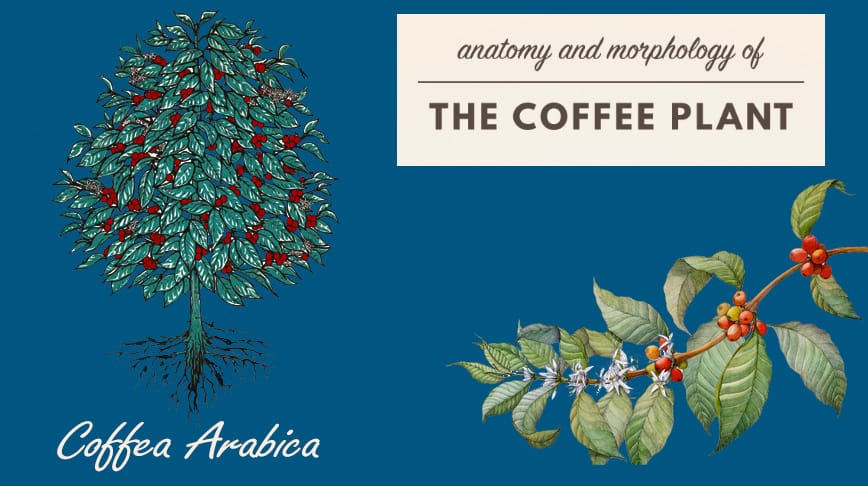
The coffee plant is typically classified as a small evergreen shrub or tree, reaching heights of up to 10 meters (33 feet) in ideal conditions.
However, most cultivated coffee plants are pruned to remain around 2-3 meters (6-10 feet) tall for easier harvesting.
Leaves
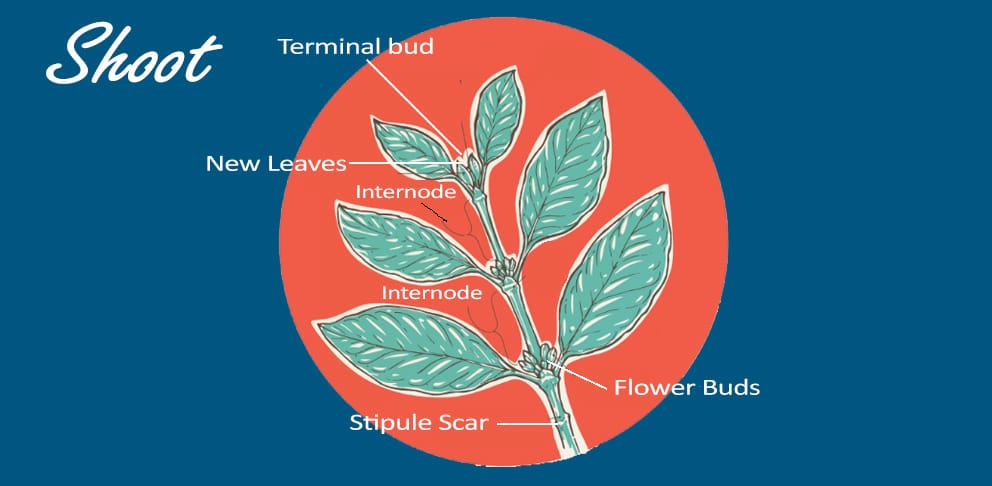
The plant boasts dark green, glossy leaves that have a waxy coating. These leaves grow in pairs opposite each other along the branches.
Their primary function is photosynthesis, capturing sunlight and converting it into energy for the plant’s growth and fruit production.
Flowers
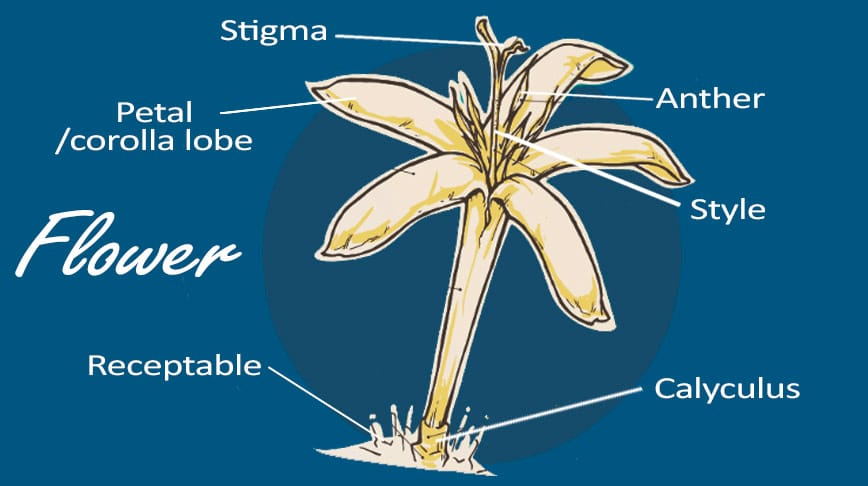
After 3-5 years of growth, the coffee plant treats us to a fragrant display. Small, white flowers with a sweet, jasmine-like scent emerge at the branch junctions.
These delicate flowers play a crucial role in reproduction, attracting pollinators and eventually developing into coffee cherries.
Fruit (Coffee Cherry)

Once pollinated, the flowers transform into the coffee cherries we recognize. These small, round berries start out green and gradually mature, turning vibrant red, orange, or yellow depending on the variety.
Inside each cherry lie two coffee beans, carefully protected by a series of layers we remove before roasting.
Cultivation and Harvesting
Coffee plants are typically grown from seeds, which are planted in nurseries and then transplanted to the field once they have grown into seedlings.
The plants require a lot of care and attention, including regular watering, pruning, and protection from pests and diseases.
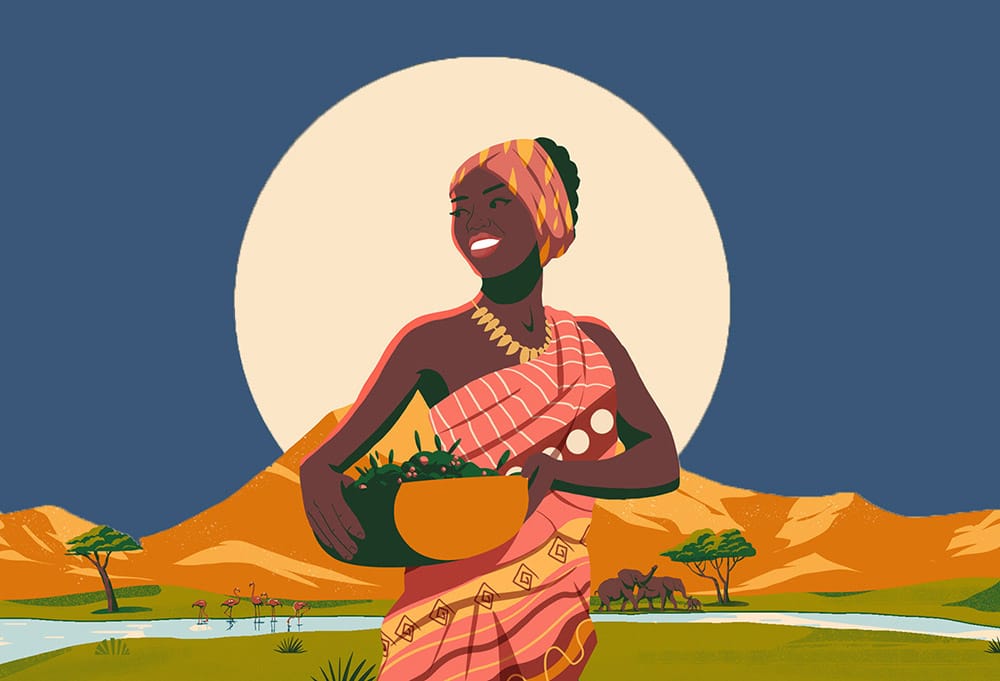
The coffee cherries are harvested by hand, as they do not all ripen at the same time. This labor-intensive process is often done by skilled workers who can quickly and accurately pick only the ripe cherries.
Processing Methods
After harvesting, the coffee beans must go through a process to remove the outer layers of the cherry and extract the beans. There are three main methods of processing coffee beans:
- Washed Process: The cherries are pulped to remove the outer skin, then fermented in water to remove the remaining layers. The beans are then washed and dried.
- Natural Process: The cherries are dried in the sun, allowing the beans to absorb the flavors of the fruit. Once dried, the beans are hulled to remove the outer layers.
- Honey Process: A hybrid of the washed and natural processes, the cherries are pulped and then dried with some of the fruit still intact. This results in a sweeter, more complex flavor.
From Bean to Cup
Roasting
After the beans have been processed, they are ready to be roasted. Roasting is a crucial step in the coffee-making process, as it brings out the unique flavors and aromas of the beans.
During roasting, the beans are heated to high temperatures, causing them to expand and release oils. The length of the roasting process and the temperature used can greatly affect the flavor of the coffee.
Grinding and Brewing
Once the beans have been roasted, they are ground into a fine powder and brewed with hot water to create the final product: coffee. There are many different brewing methods, including drip coffee, French press, and espresso, each resulting in a unique flavor profile.
Sustainable Coffee Practices
While coffee is a beloved beverage enjoyed by millions, the coffee industry faces many challenges, including climate change, low prices for farmers, and labor exploitation.
As consumers, we can make a difference by choosing to support sustainable coffee farming practices.
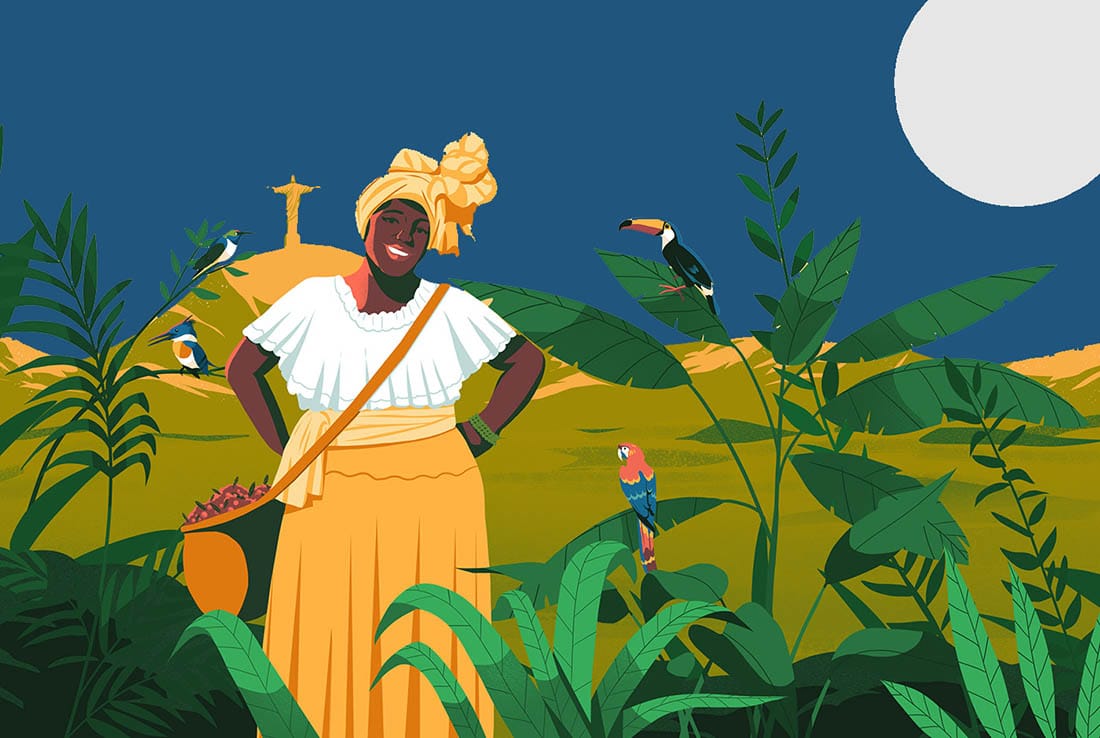
Fair Trade and Organic Coffee
Fair trade coffee is produced by farmers who are paid a fair price for their beans, ensuring that they can support themselves and their families.
Organic coffee is grown without the use of harmful chemicals, protecting the environment and the health of farmers and consumers.
By choosing fair trade and organic coffee, we can support sustainable farming practices and make a positive impact on the coffee industry.
Conclusion
The coffee bean plant is the source of one of the world’s most beloved beverages. From its origins in Ethiopia to the coffee plantations of Brazil and beyond, coffee has a rich history and a complex journey from bean to cup.
By understanding where coffee comes from and the challenges faced by the coffee industry, we can make informed choices and support sustainable coffee farming practices. So the next time you enjoy a cup of coffee, take a moment to appreciate the journey it took to get to your mug.
Sources
Below you can find the sources used for this article.James Hoffman’s book “The World Atlas of Coffee” served as a cornerstone for this exploration, providing a wealth of valuable insights.
- [1] Hoffman, J. (2018). The World Atlas of Coffee. Octopus Publishing Group.
- [2] World Coffee Research. (2023, March 23). Arabica. worldcoffeeresearch.org
- [3] World Coffee Research. (2023, March 23). Coffee varieties catalog. worldcoffeeresearch.org

Greetings, I’m Alexandros, and this is your invitation to my coffee haven. The essence of this blog is simple yet profound: to craft the best in-depth, fact-checked articles on every facet of coffee. Expect a rich blend of recipes, guides, and reviews.
